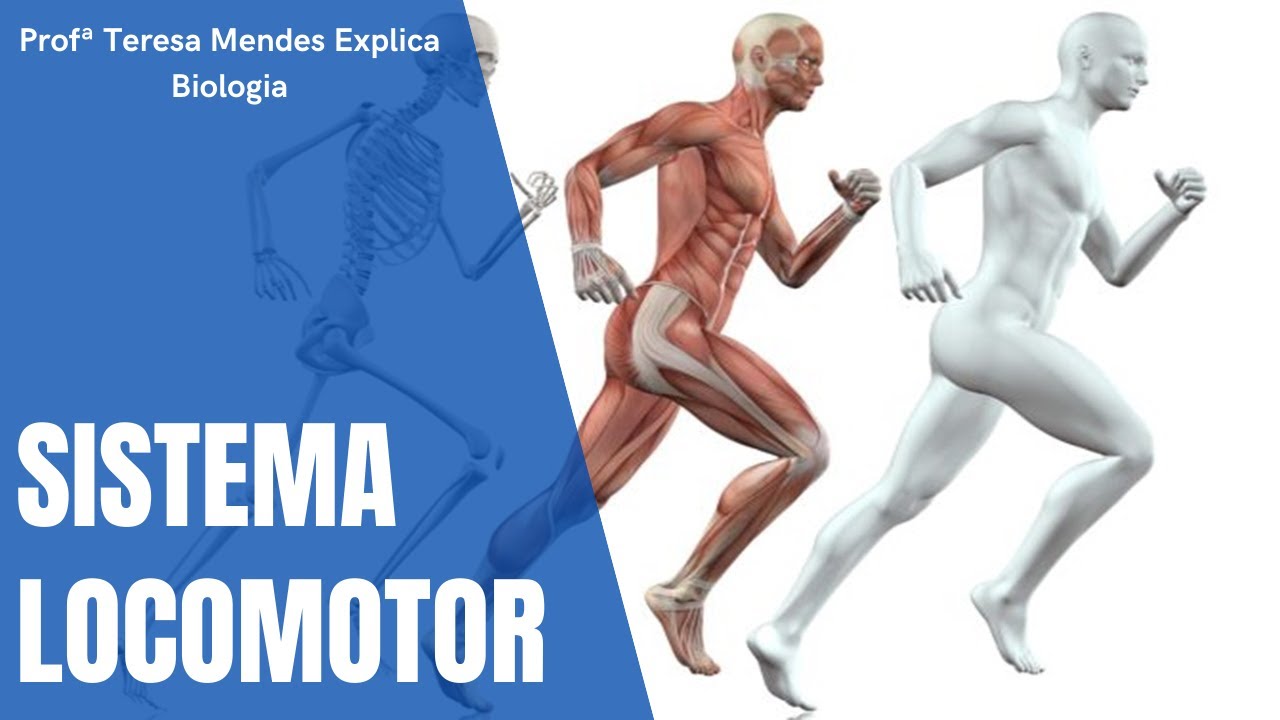Sistema Esquelético 2/5: Esqueleto Axial e Apendicular. Classificação dos Ossos
Summary
TLDRIn this educational video, the instructor provides a comprehensive overview of the axial and appendicular skeletons, breaking down the key bones and their classifications. The axial skeleton includes the skull, vertebral column, ribs, and sternum, while the appendicular skeleton consists of the limbs and their connecting structures. The video also explains the classification of bones based on shape, such as long, short, flat, irregular, sesamoid, and pneumatic bones. The session emphasizes the importance of understanding these anatomical components for further study of the skeletal system.
Takeaways
- 😀 The human skeleton is divided into two main parts: the axial skeleton and the appendicular skeleton.
- 😀 The axial skeleton includes the bones of the skull, vertebral column, ribs, and sternum.
- 😀 The appendicular skeleton consists of the bones of the upper and lower limbs, along with structures that connect them to the axial skeleton.
- 😀 The ribs are classified into three categories: true ribs (7 pairs), false ribs (3 pairs), and floating ribs (2 pairs).
- 😀 The vertebral column is made up of 26 bones, including 7 cervical vertebrae, 12 thoracic vertebrae, and 5 lumbar vertebrae, along with the sacrum and coccyx.
- 😀 The upper limbs consist of the shoulder girdle (scapula and clavicle), arm (humerus), forearm (radius and ulna), and hand (carpals, metacarpals, and phalanges).
- 😀 The lower limbs are composed of the pelvic girdle (ilium, ischium, pubis), thigh (femur), leg (tibia and fibula), knee (patella), and foot (tarsals, metatarsals, and phalanges).
- 😀 Bones are classified by shape into long bones, short bones, flat bones, irregular bones, sesamoid bones, and pneumatic bones.
- 😀 Long bones, like the femur, are longer than they are wide and consist of an epiphysis (ends), diaphysis (shaft), and metaphysis (growth area in children).
- 😀 Short bones are roughly equal in length, width, and thickness, like the carpal bones in the wrist, while flat bones, like the scapula, have a thin, flat shape.
- 😀 Irregular bones, like vertebrae, do not fit into standard categories and sesamoid bones, such as the patella, are round and located within tendons.
- 😀 Pneumatic bones, found in the skull, contain air-filled cavities.
Q & A
What are the two main divisions of the human skeleton?
-The two main divisions of the human skeleton are the axial skeleton and the appendicular skeleton.
What bones make up the axial skeleton?
-The axial skeleton includes the bones of the skull, vertebral column, rib cage, and sternum.
What is the function of the axial skeleton?
-The axial skeleton forms the central axis of the body, providing support and protecting vital organs such as the brain, heart, and lungs.
How many ribs does the human body have, and what distinguishes the types of ribs?
-The human body has 24 ribs, 12 on each side. The first seven pairs are 'true ribs' because they connect directly to the sternum, the next three pairs are 'false ribs' that connect indirectly to the sternum, and the final two pairs are 'floating ribs' that do not connect to the sternum.
What bones are found in the vertebral column?
-The vertebral column consists of 26 bones: 7 cervical vertebrae, 12 thoracic vertebrae, 5 lumbar vertebrae, the sacrum, and the coccyx.
What are the main components of the appendicular skeleton?
-The appendicular skeleton consists of the bones of the upper and lower limbs, as well as the structures that connect them to the axial skeleton, such as the pectoral and pelvic girdles.
What bones are part of the upper limb, and what are their main regions?
-The upper limb is composed of the scapula and clavicle (girdle), the humerus (upper arm), the radius and ulna (forearm), and the carpal, metacarpal, and phalanges (hand).
What bones make up the pelvic girdle and the lower limb?
-The pelvic girdle consists of the ilium, ischium, and pubis, while the lower limb is formed by the femur (thigh), tibia and fibula (leg), patella (knee), and the bones of the foot: tarsals, metatarsals, and phalanges.
How are bones classified by their shape?
-Bones are classified into several types based on their shape: long bones, short bones, flat bones, irregular bones, sesamoid bones, and pneumatic bones.
What is a sesamoid bone, and can you give an example?
-A sesamoid bone is a small, round bone that forms within a tendon. An example is the patella (knee cap).
What is the primary distinction between long bones and short bones?
-Long bones are longer than they are wide, such as the femur, and typically serve as levers for movement. Short bones, like those in the wrist, are roughly cube-shaped with similar length, width, and thickness.
Outlines

This section is available to paid users only. Please upgrade to access this part.
Upgrade NowMindmap

This section is available to paid users only. Please upgrade to access this part.
Upgrade NowKeywords

This section is available to paid users only. Please upgrade to access this part.
Upgrade NowHighlights

This section is available to paid users only. Please upgrade to access this part.
Upgrade NowTranscripts

This section is available to paid users only. Please upgrade to access this part.
Upgrade Now5.0 / 5 (0 votes)





